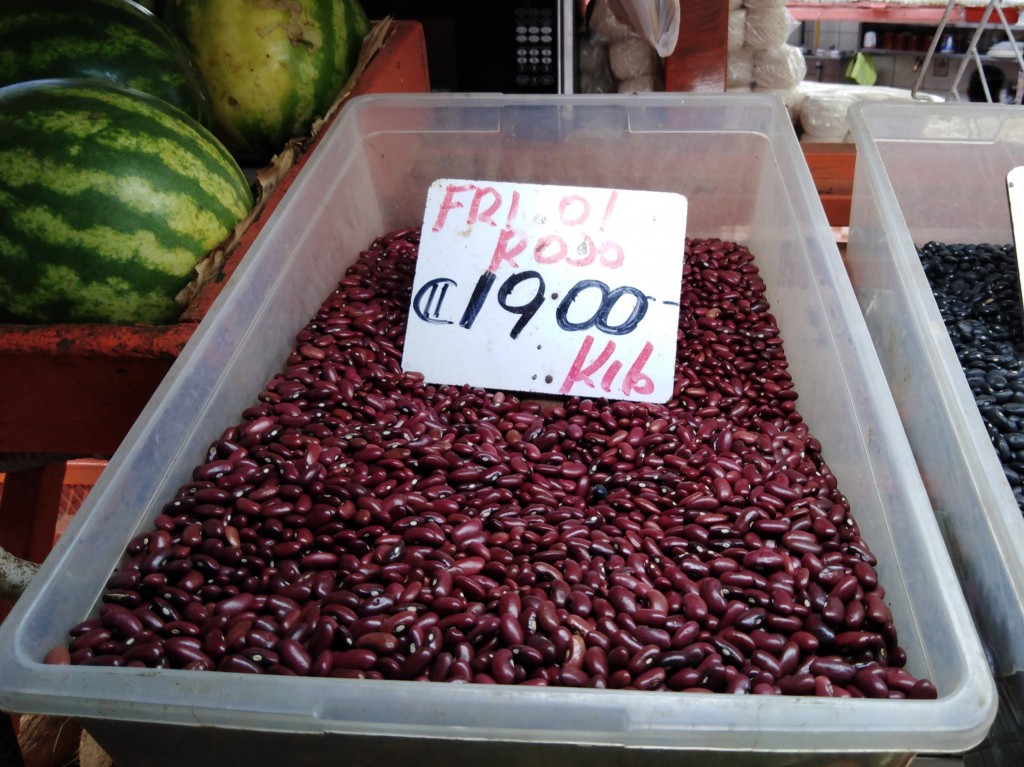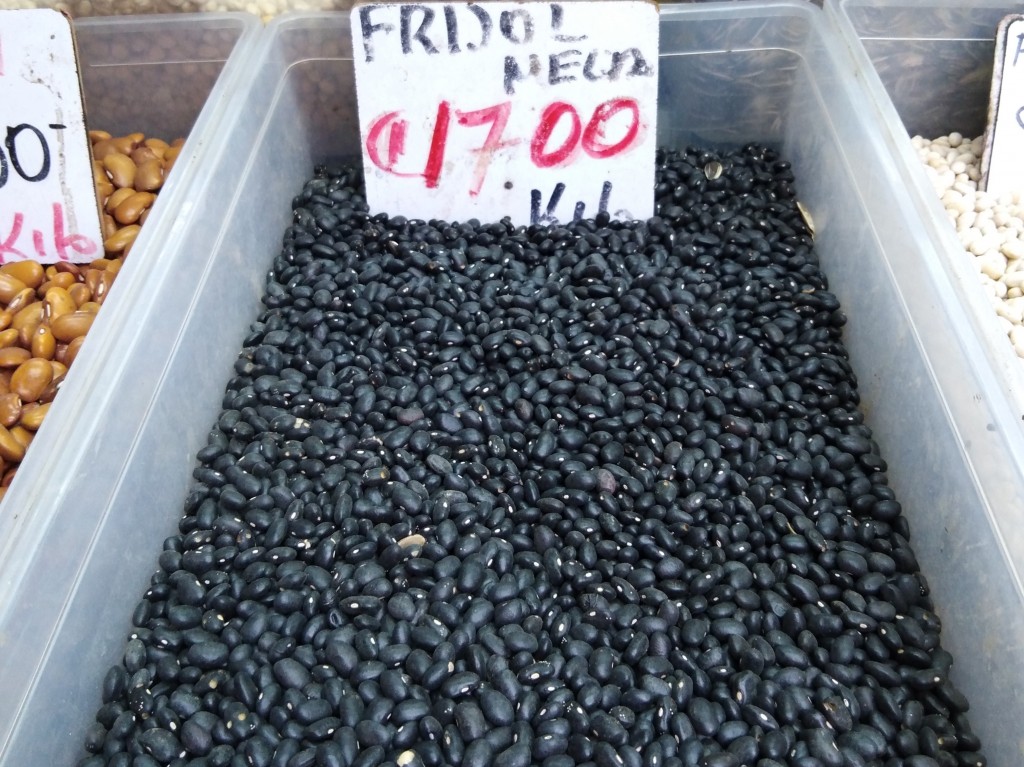EAT IN ASIA / Destinations / Other destinations / Central america / Costa rica
5 TOP ‘Tico’ vegetables
Tags: COSTA RICA
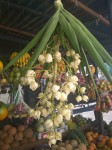
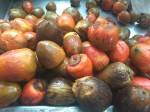

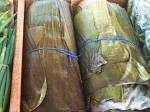
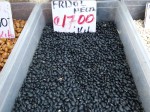

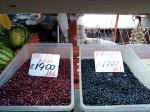
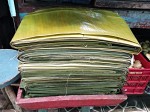

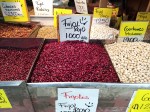




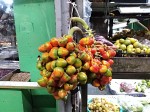


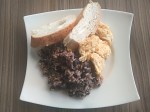
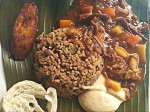



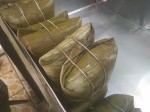
Which vegetables come to your mind when you think about Costa Rica? Probably that are tubers (we wrote about Tropical tubers in Costa Rica in our previous post), or maybe that is corn or beans? For us, beans are on the top of the list. We cannot imagine how any 'Tico' could leave in another country where is no bean. No matter whether it is red or black, it is included in an everyday local diet. Apart from that, are of course these famous tubers.
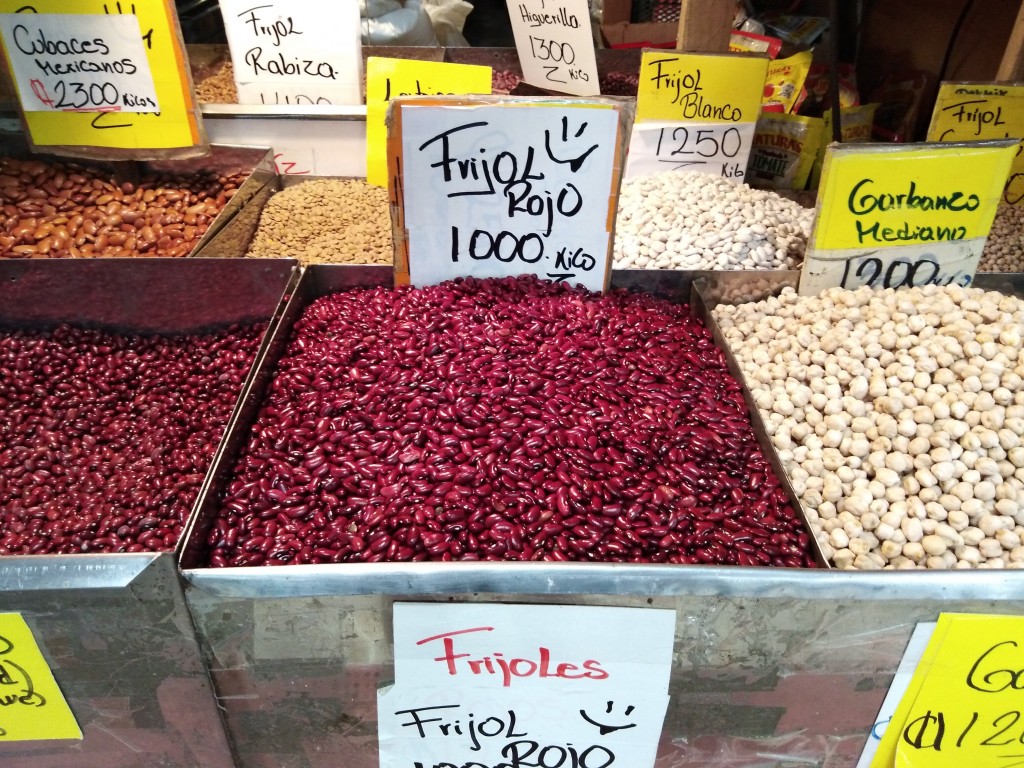
Here it is needed to say, that yucca has edible not only its root, but also flowers known as 'Las flores de izote'. Then there are also palm tree fruits - pejibaye that are very common. And, as Costa Rica is plenty of bananas (and also plantains - find out how to distinguish plantains from bananas) and tamales are a quick breakfast grab from the stall, wrapping banana leaves cannot be missed. The list below, is a list of vegetables that not only are very popular in Costa Rica, but also somehow typical and partially unique. Let's have a look at them!
Beans

Then you have different types of beans. It is hard to imagine Costa Rican cuisine without beans. The red and black ones are the most popular, however, food markets are full of other types too. Among them you will find rabiza, Calima, Guandul, Higuerilla and Mantequilla.
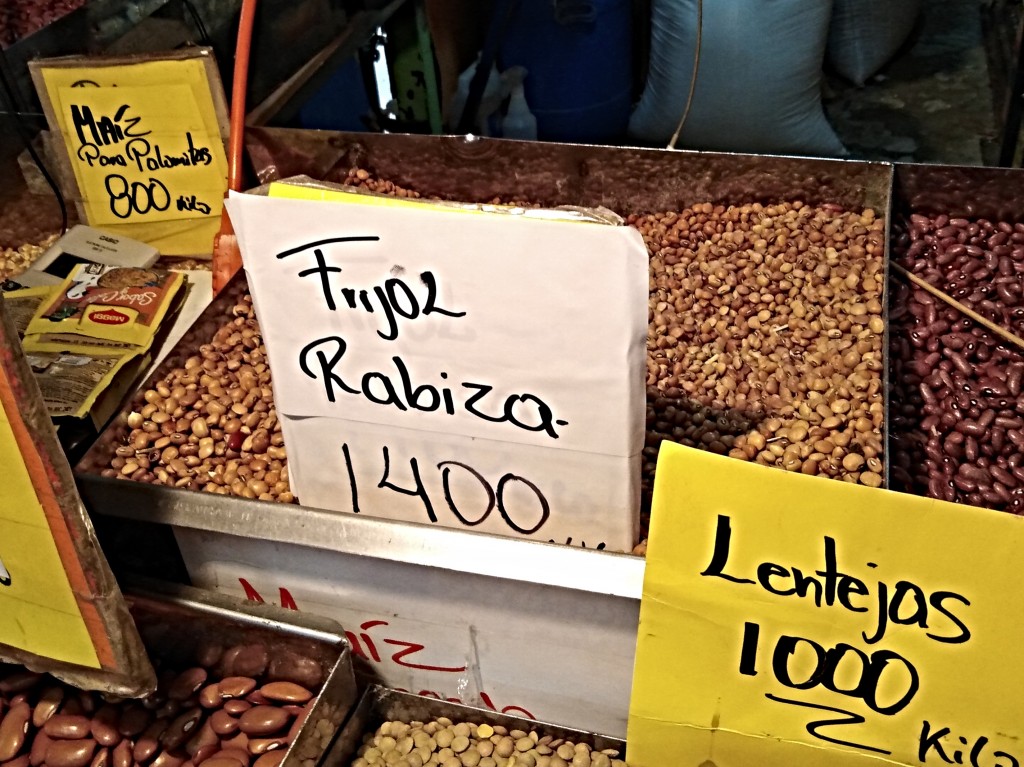
Rabiza beans are small and roundish. They have a coffee color or something between olive and ochre. It is very nutritive and has a lot of proteins. Apart from that it is rich in vitamin D and calcium.
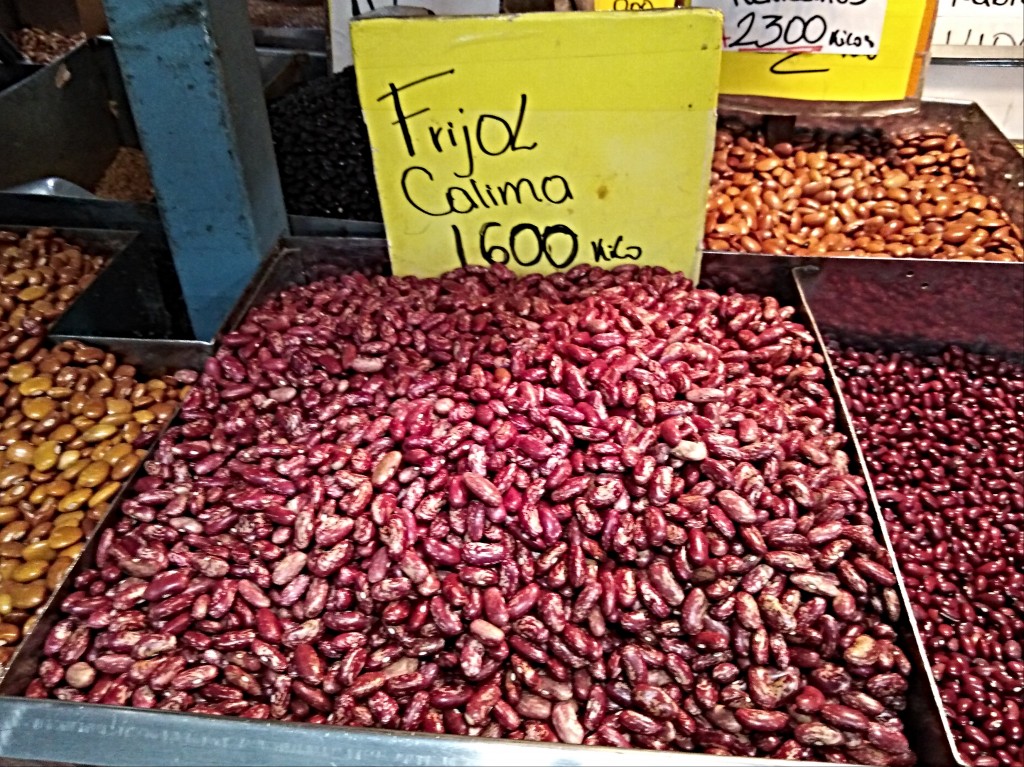
Calima has an interesting mélange color of red, purple and creamy. It is shiny and its beans are longer and narrower. It is about 8 mm wide and 1,5 to 2 cm long.
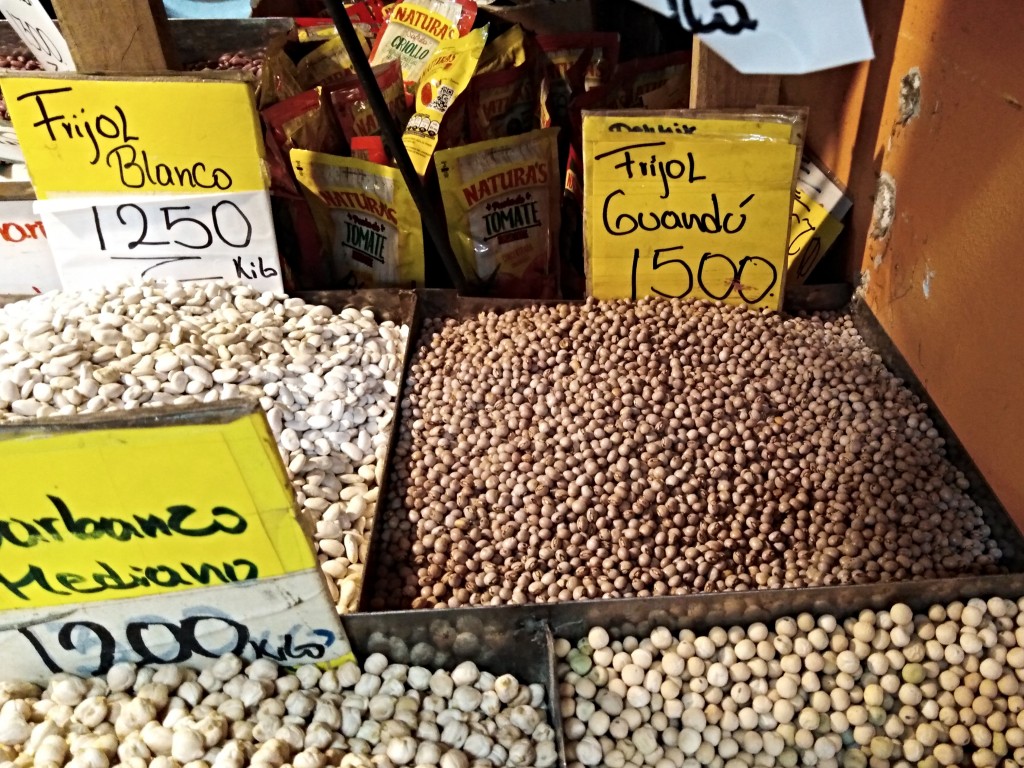
Then you have Guandul bean, known as a pigeon pea. It is very often canned, but it is also included in regular meals with rice as an ideal complement of a well-balanced diet.
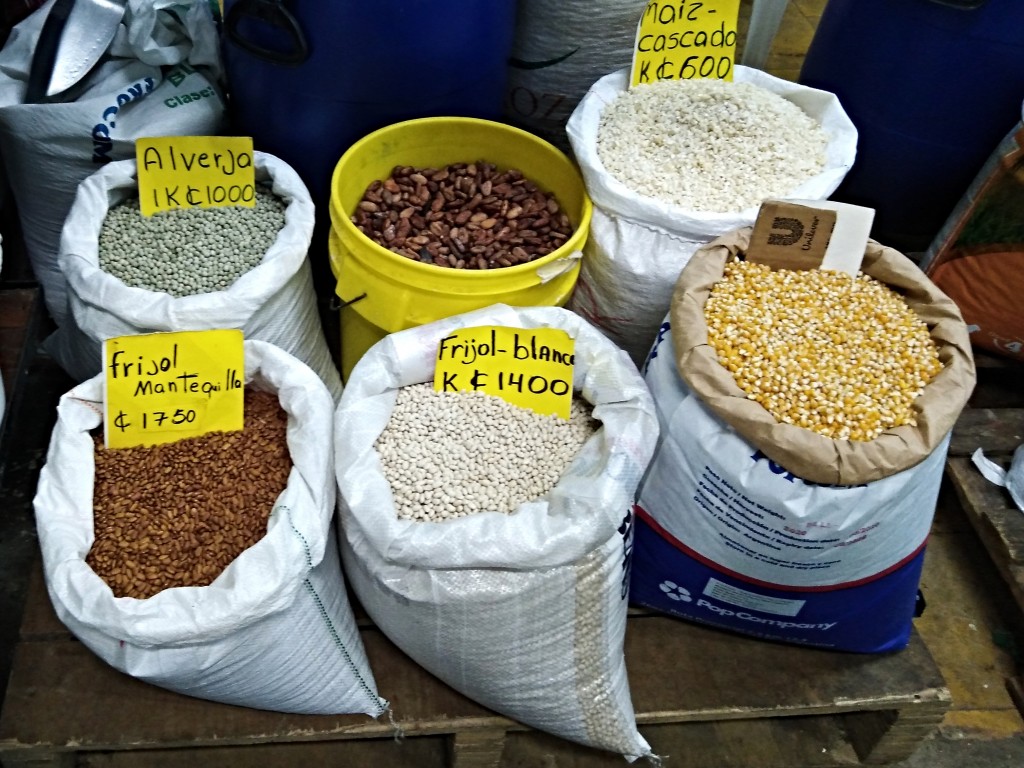
Mantequilla bean is also called yellow or Peruwian bean. It is delicate and have a mild taste with no bitterness. It is color is yellowish and it is used in many dishes.
Finally, there is Higuerilla, that is actually not a bean, but a seed of the Castor tree.
1. Red beans
A traditional Costa Rican ‘gallo pinto’ is prepared either with black or red beans. The same is for the bean that accompanies ‘casado’. Both are well cooked – neither too soft nor to hard. The cooking process – the method and time not only influence the taste, but also have an impact on the nutritional value of the bean.
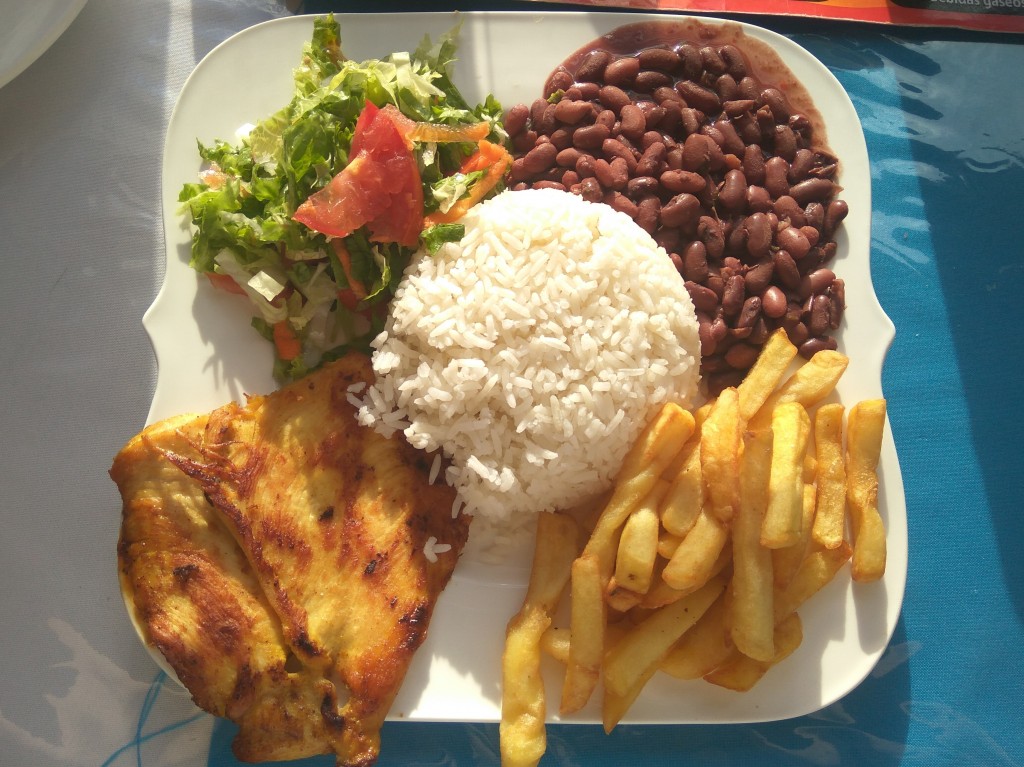
Preparing beans needs time. It is better to start the whole process the day before, so that bean can stay in water overnight. During that hydrating time, beans should regain partially the size and shape. Apart from that, this process makes it more digestible and lowers the probability of the gastric problems related to the bean digestion. After that, beans are ready to be cooked and then prepared in any desirable form.

Once cooked, it is possible to freeze beans, however it is always better to have a freshly prepared meal. What is important is to freeze beans in smaller packages that are good to be used at once, and never defrost and freeze them again!
Red bean is a good source of healthy proteins and carbs. It is rich dietary fiber and has a low-fat content. Apart from that, red beans are good sources of vitamins from the group B and minerals.
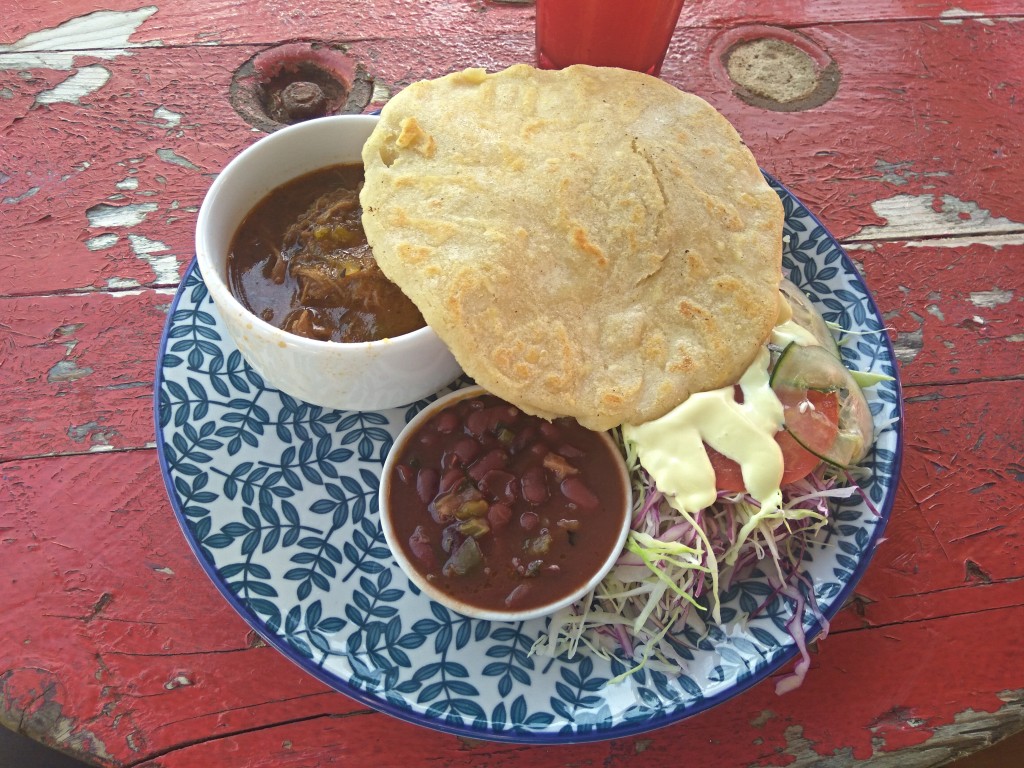
Among the most important minerals that you can find in red bean is iron, calcium, phosphorus, zinc, potassium, magnesium and copper. It is also rich in niacin, riboflavin, folic acids and thiamine.
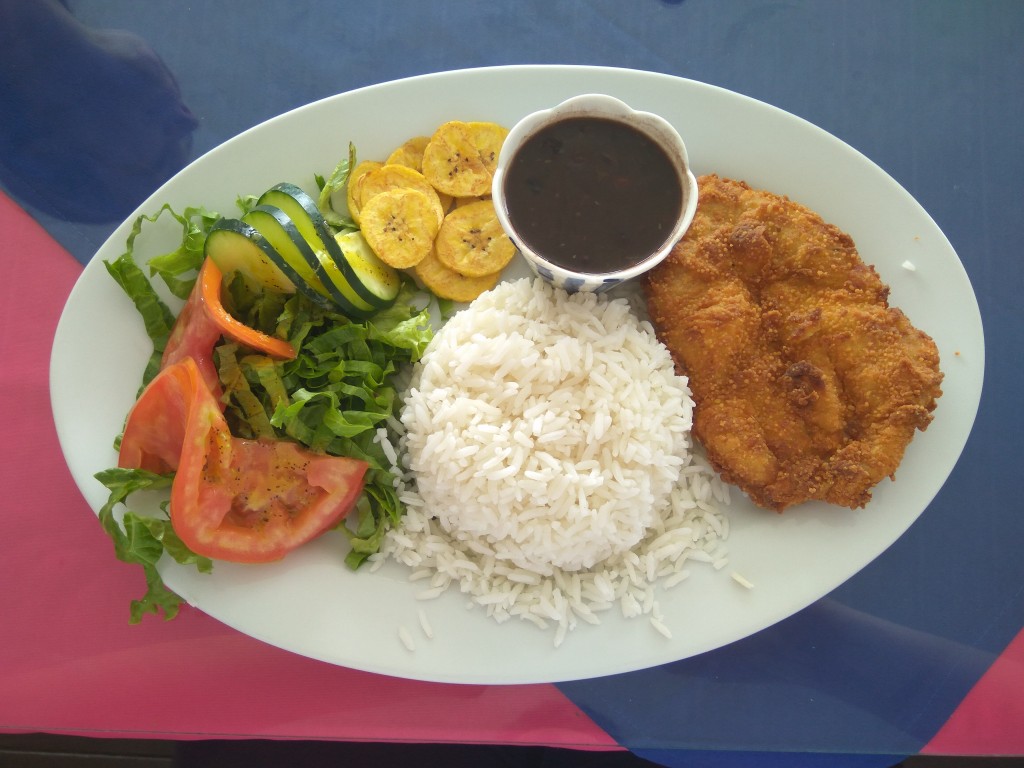
Finally red beans contain calcium and iron, that play a key role in the proper functioning of the organism.
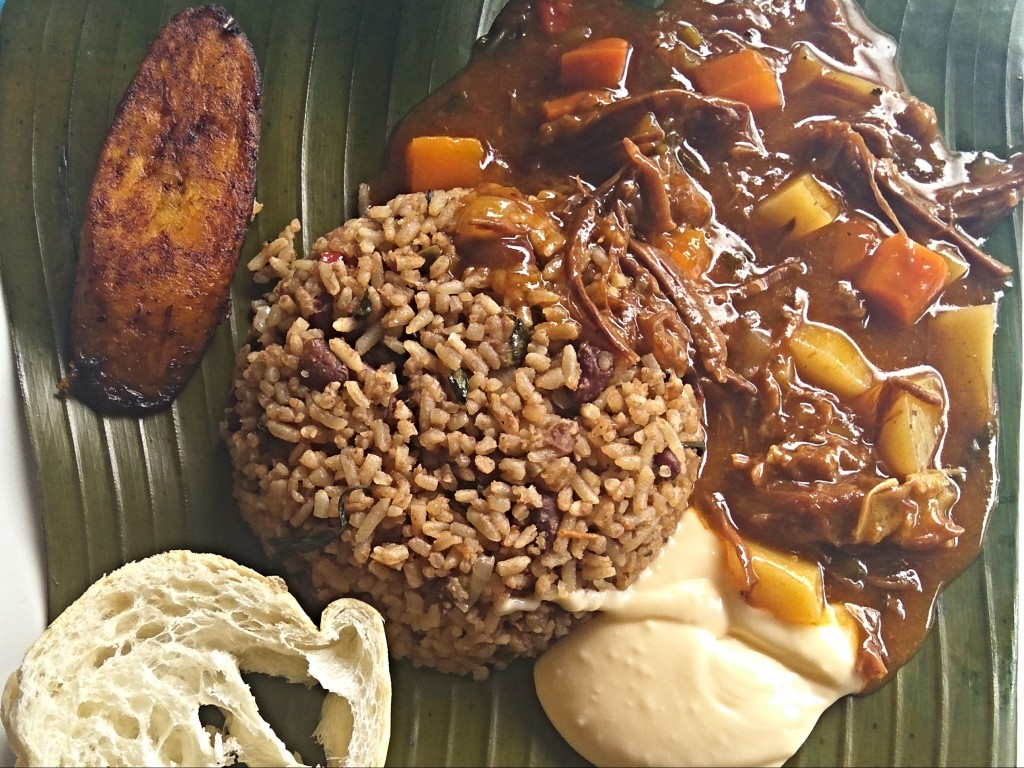
Iron is responsible for the hemoglobin and in consequence helps in the anemia prevention diets.

Apart from that lowers the bad cholesterol level and regulates the proper gout .
2. Black beans
Black beans are almost as popular in the Costa Rican cuisine as the red bean is. It is included in ‘gallo pinto’ and served as one of the key elements in the traditional ‘casado’. Its taste is stronger and a little bit bitter, however still pleasant. The size of the bean is comparable. The processing process is similar too. Maybe cooking takes a little bit longer but does not have. If served as a side-dish, rarely it is in a puree form. Usually, whole beans are served in a delicate brain. Grains are well boiled, neither very hard nor too soft. Have a delicate texture but a more intensive flavor. Usually, it is used in the Costa Rican kitchen in the same way as the red one. So, apart from adding it to ‘gallo pinto’ and ‘casado’, black beans can be included in many more dishes, both savory and sweet.
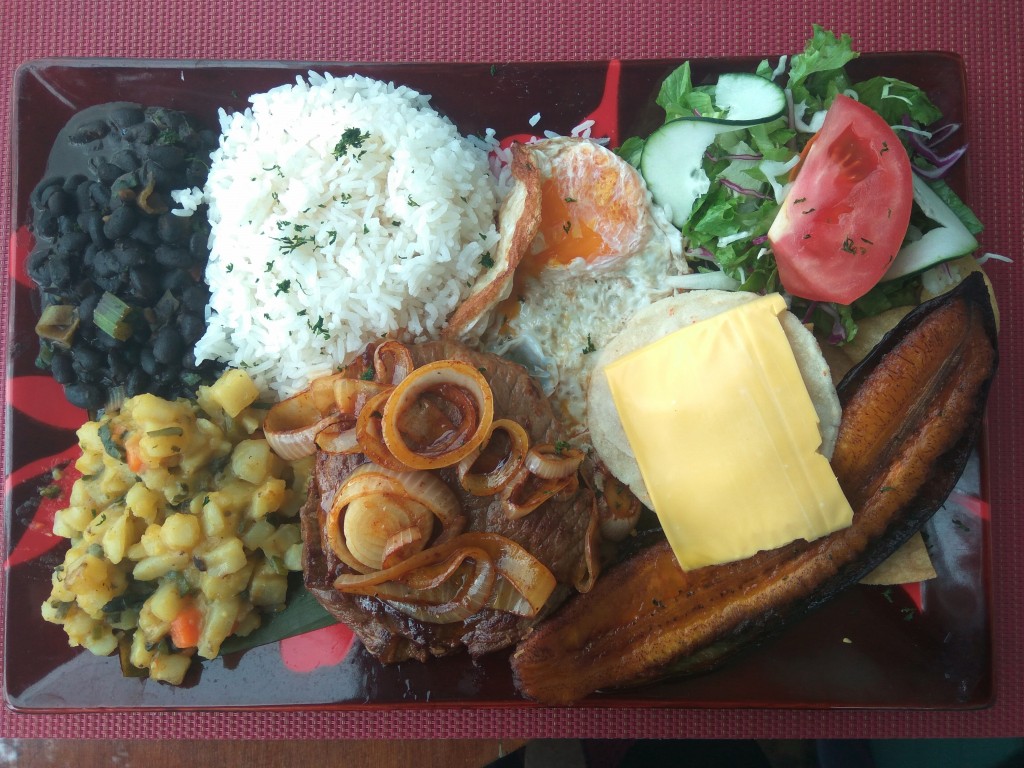
Black beans are also very rich in good carbs, proteins, dietary fiber and antioxidants. Proteins that are in black beans are very similar to these that can be found in the meat. That is very important for vegans and vegetarians, as black bean is a good substitute for animal products. Frijol negro contains a lot of amino acids but comparing to meat, black beans have a definitively lower amount of saturated fats. What is more, it does not have cholesterol!
Apart from that, they are a good source of multiple important minerals like iron, copper, zinc, phosphorus, potassium, magnesium and calcium.
The dietary fiber that is black bean is both soluble and insoluble dietary fiber. The first one is believed to lower the bad cholesterol level and to regulate the sugar level, that is why black beans are also recommend for diabetes. The second one - insoluble dietary fiber has a positive effect on the digestive system and prevents constipation.
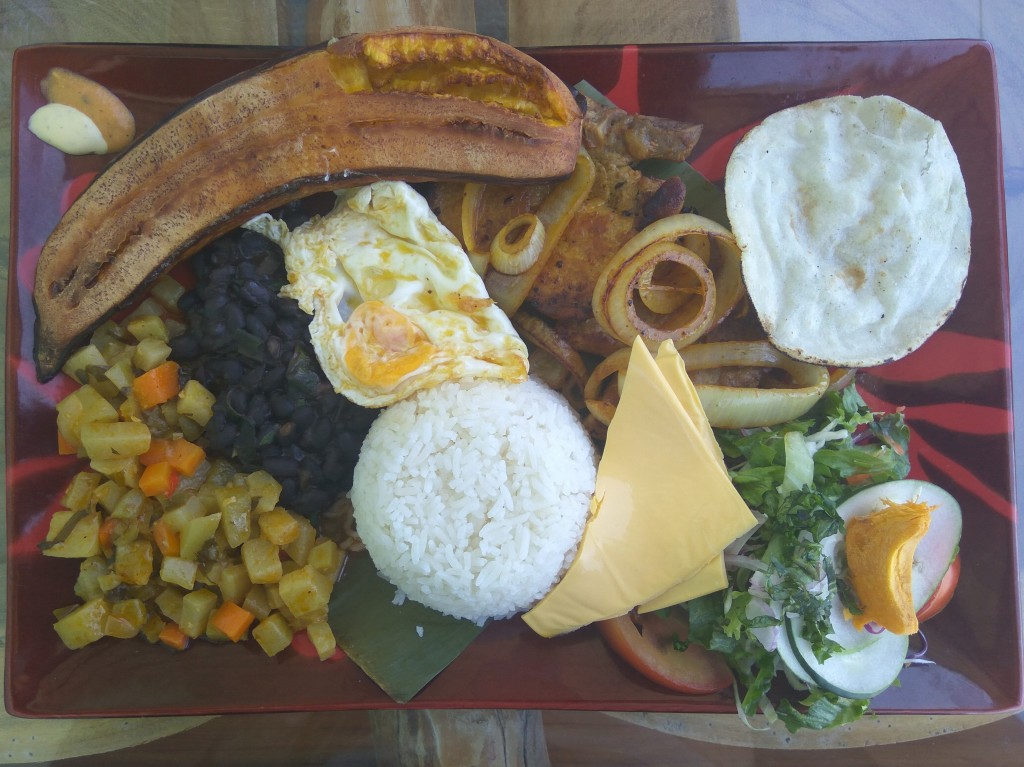
Antioxidants that are in black bean play an important role in all anti-cancer diets. Then, you will find in it polyphenols that can prevent chronic diseases like these cardiovascular, diabetes or cancer.

The most important vitamins that are in black beans are vitamin A, vitamin K, vitamin B3 and vitamin B9.
The first of them – vitamin A works as an antioxidant, improves skin and hair condition, has a positive influence on sight and allows to keep strong bones.
Vitamin K is also the one that is important in the osteoporosis prevention and anticancer diets. Vitamins B3 – niacin and vitamin B9, are the ones that not only prevent chronic diseases like cancer and diabetes but also improve the digestive system and the health of the skin, hair and bones.

Then, you have a lot of minerals. Calcium and phosphorus both improve the condition of your bones, tooths and heart. You also have iron and magnesium that are responsible for a proper muscle functioning and the hemoglobin reproduction. Apart form that magnesium regulates the immune system and the sugar level.
Nutritive comparison – black beans vs red beans (dried, values per 100 gr)
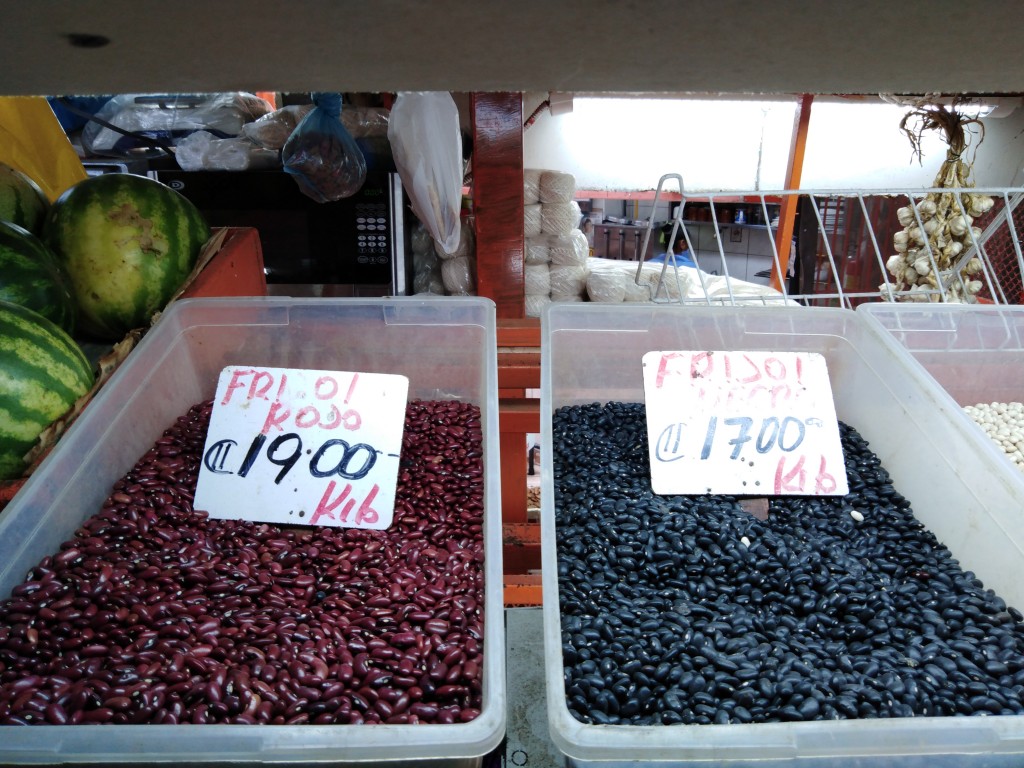
Nutrient/bean type: Black beans Red beans
Energy: 343 kcal 337 kcal
Fat: 1 gr 1 gr
Carbs: 62 gr 61 gr
Dietary fiber: 18 gr 15 gr
Proteins: 23 gr 23 gr
Vitamin B1: 34 % 44 %
Vitamin B2: 9 % 14 %
Vitamin B3: 12 % 12 %
Vitamin B6: 27 % 15 %
Calcium: 17 % 10 %
Iron: 51 % 48 %
Zinc: 17 % 19 %
3. Pejibaye

Pejibaye is a fruit of a palm tree that originates from the Amazonia area. Although it prefers rich and wet soils, it can also grow be cultivated on poorer soils. In Costa Rica, pejibaye is mainly cultivated in the Turrialba and Cartago area. This palm tree is straight and of the height of about 20-30 meters. Usually, the trunk has spikes. It is really rare to find a variety of pejibaye palm tree with little spikes. Leaves are 2,5 – 3,5 meters long, are dark green at the end, and paler in the bottom. On top, you will find about four to five stems with fruits, which altogether, during one season, can give up to 70 kilos of fruits. These fruits, at the first glance, resemble long, garden tomatoes. They are reddish or have a dark orange color at the top, and a dark green, almost black close to the stem.

Pejibaye palm tree fruits are appreciated not only for their delicious taste, but also for their nutritional values and their easiness to be digested. Pejibaye is rich in proteins and vitamin A and vitamin C.
Apart from including it to your daily diet, you can store untouched and healthy fruits in a dry area for a long time. However, in the time being, these fruits will become dryer and dryer as the dehydration process will start. In a refrigerator, they can stay even over one month. But if fruits are somehow tempered, then their durability is drastically decreased and usually it is up to three to four days. Another option is to buy already preprocessed fruits. You will easily find a lot of stalls with pre-cooked pejibaye, so look for them. The most common form of selling them, is to sell pejibaye fruits already cooked (for about three hours) in a salty water, sometimes with addition of pork lard. During that process, in most cases, the pulp will be easily separated from seeds and peel. However, some varieties will be much more resistant to cooking and their peel will stay on the pulp no matter how long you cook it. Precooked pejibaye will stay preserved with no freezing for more or less below one week.
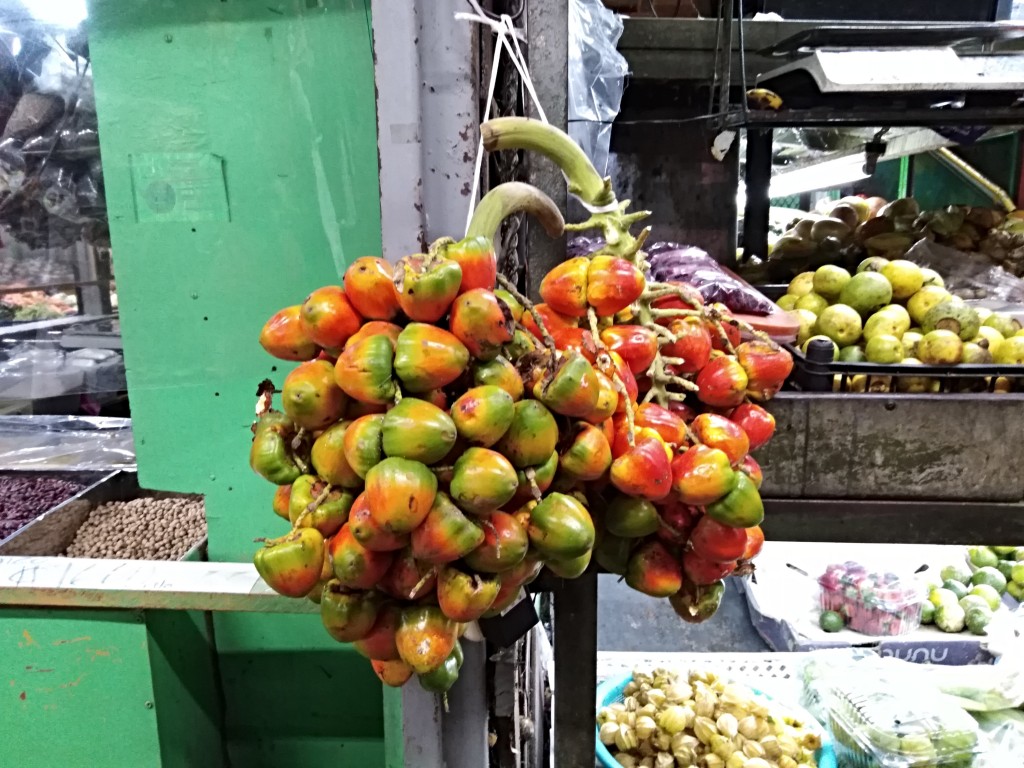
In case you buy already cooked pejibaye, you could use it in multiple ways. First of all, you can eat this pulp as it is. With no further processing, no additional spices or herbs. Just buy and eat. You can serve it as a starter or an appetizer. In such a case, fry or roast the pulp before serving, decorate with mayonnaise or sprinkle with grated cheese. This pejibaye pulp can be also used for stuffing poultry. If you decide to do so, mix the pulp with eggs, milk and cornmeal and fry it before stuffing the meat.
For those who love preserving fruits and vegetables for a long time and have it whenever they want, the best option is to dehydrate pejibaye, for example in an oven. After that processing, you can store them for half year, and then use them whenever you want. Just boil them half an hour and their texture and flavor will come back.
However, that are not the only ways of using pejibaye. This palm fruit is also good for producing a strong alcohol. To start the fermenting process, take raw pejibaye fruits, smash them so that you get a homogenous pulp and mix it with sugar. Let it stay for a couple of days, so that the fermentation starts.
Another edible part of the pejibaye palm tree are their blossoms or young flowers, that are served with tortillas. Finally, you have a palm heart and seeds. Both of them are edible. While boiled seeds, similar in taste to chestnuts, are hard to digest, palm hearts are wonderful in a way of serving them. These pejibaye palm hearts can be either eaten raw or cooked. Whichever form of serving them you do not choose; the taste will be great. If served raw, then they are very often added to salads. If they were to be served processed, then usually they are prepared on a pan with eggs and different vegetables.
4. Banana leaves
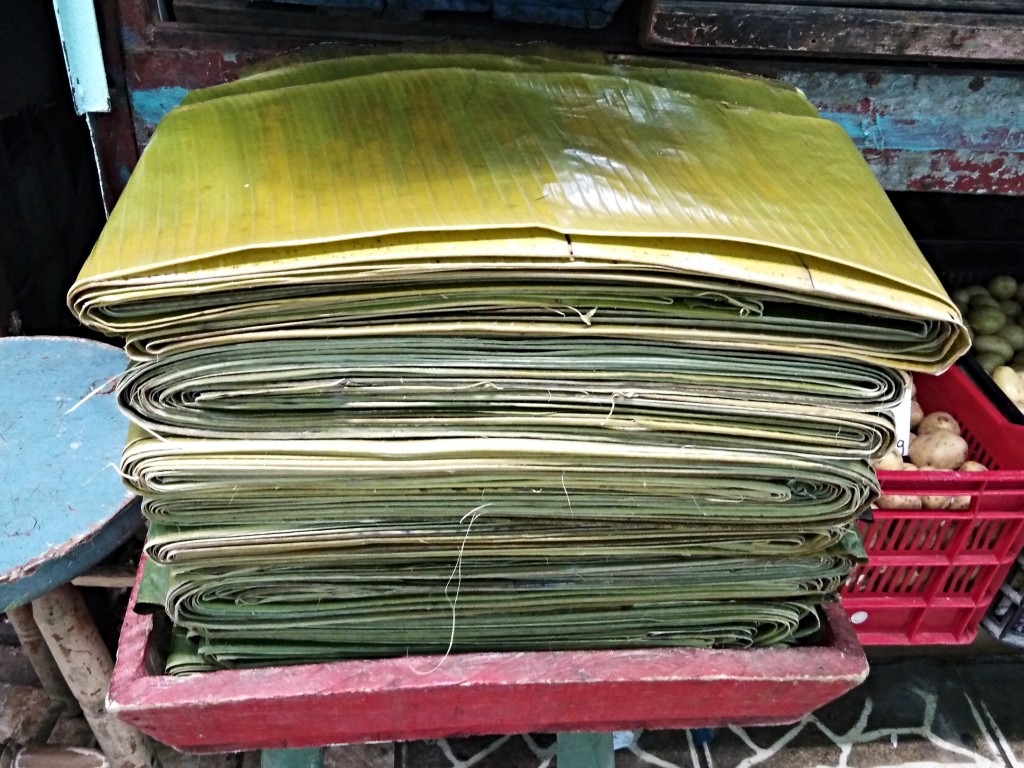
Banana leaves, although not edible, play an important role in Costa Rican cuisine. Actually, not only here, but also in other Latin American countries and Asia. They are used for coking, serving meals and storing food in them.
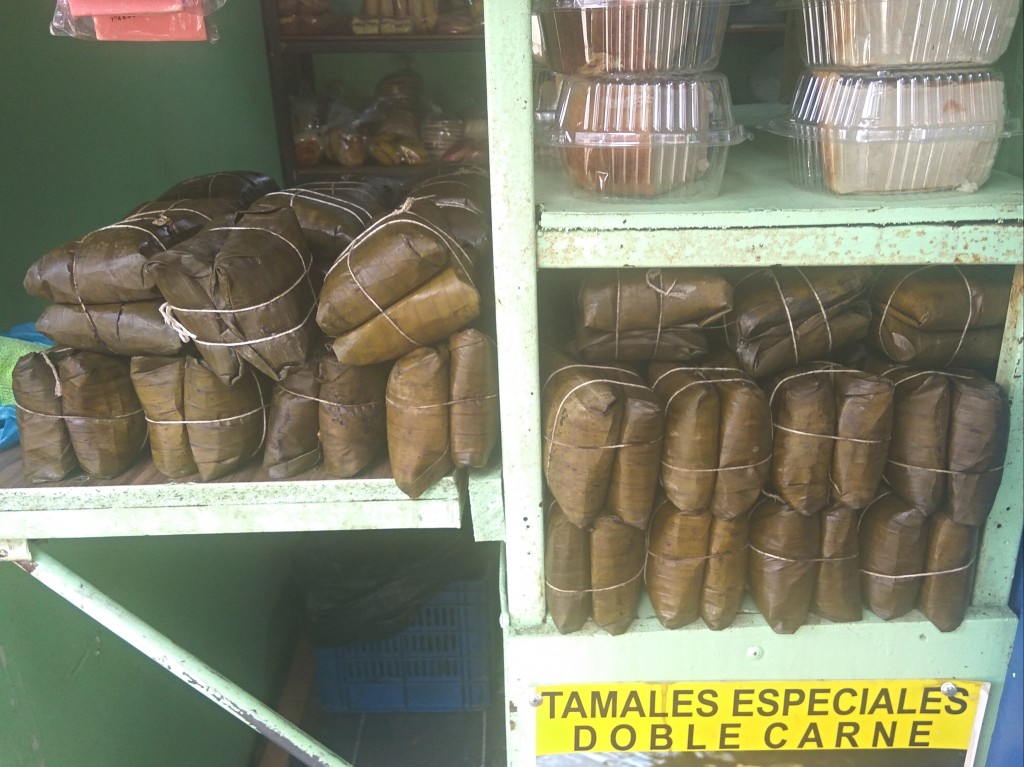
But have you ever wondered why are they being used? Is it because they are relatively cheap or there is no better substitute for them? Well, partially it might be the truth, but there is also a lot of other factors that make them so popular. Here are some of them:
- Banana leaves are absorbing polyphenols which are believed to prevent several diseases.
- Banana leaves have antibacterial properties, so the food that is wrapped in them can stay longer.
- Banana leaves give a unique flavor to the food that is wrapped and prepared in them.
- Banana leaves are cheap and economical.
- Banana leaves can serve as a dish, food wrapper, cooking container and food storage package.
- Banana leaves are light, so it is a good substitute to regular plates when you are trekking or travelling.
- Banana leaves are eco-friendly – no unnecessary plastic, no extra bags, no additional waste.

While selecting banana leaves, pick these, that have a vivid green color. The color should be dark, and leaves should be glossy. Edges should be smooth, have no scratches, and the leaf should be deprived of wholes and irregularities. It should look freshly and healthy.

Banana leaves can be used both for cooking, boiling, steaming and grilling. However, keep in mind, that they are porous, what means, that some liquids like oil, meat and vegetables’ juices or sauces might be lost by multiple small leakages. That is why, although it is possible to grill in them, it is better to use a big pan or pot for steaming and cooking. At the same time, tasty juices will stay in the pot and could be used as a sauce. Otherwise, grilling would be good for all rice dishes, as it would absorb at least some of these liquids. If you decide to grill with banana leaves, you could also use them as a plate or mat for delicate meats or vegetables or for easy sticking foods. For example, it would be good for fish, tomatoes, ripe fruits or eggplant.
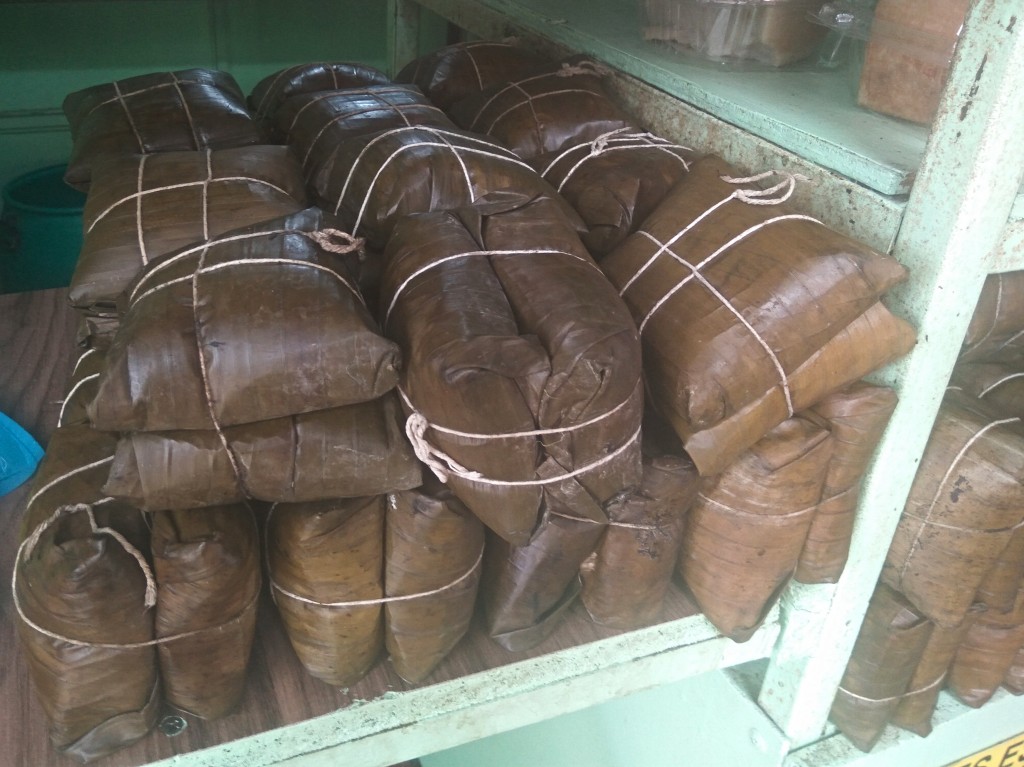
While boiling and steaming with banana leaves you have two options of using them the first one is the easiest one – just use it as a bottom layer in the casserole and put food on it. The second one is more difficult, but the result is also better. Prepare your food – mix all needed ingredients like meat, vegetables, rice, spices, herbs, grains. Then using scissors trim the banana leaf so that you get the size needed for packing and wrapping your food. When ready, put in the middle an appropriate amount of the prepared filling. Wrap it tightly, and in case it is needed, use a toothpick or part of a skewer to stabilize the package.
In Costa Rica, the most common usage of banana leaves is in traditional tamales. Tamales originate from a Mesoamerican cuisine and are based on a mix of corn or rice with meat, vegetables and fish filling. Apart from that, you can sometimes even find sweet tamales that are prepared with fruits. However, the most popular ones are savory tamales with minced meat and some herbs. Very often they are sold from a basket on streets or food stalls or even in some bakeries and shops with meat and dairy products. Early mornings or lunch time is the moment when ‘tamales’ sellers appear on streets and offer their homemade breakfast packages.

Another way of using banana leaves in Costa Rica, is to make a plate or mat of it. On a porcelain or plastic plate, the banana leaf is placed and then the main meal, either it is breakfast, lunch or dinner, is put on it.
It looks nicely, gives more colors to the meal and make you feel like in an exotic place. Thanks to these banana leaves, even the ugliest and of the poorest quality plates look beautifully. It gives an atmosphere of exoticness, closeness to the nature and simplicity.
5. Yucca flowers - Las flores de izote
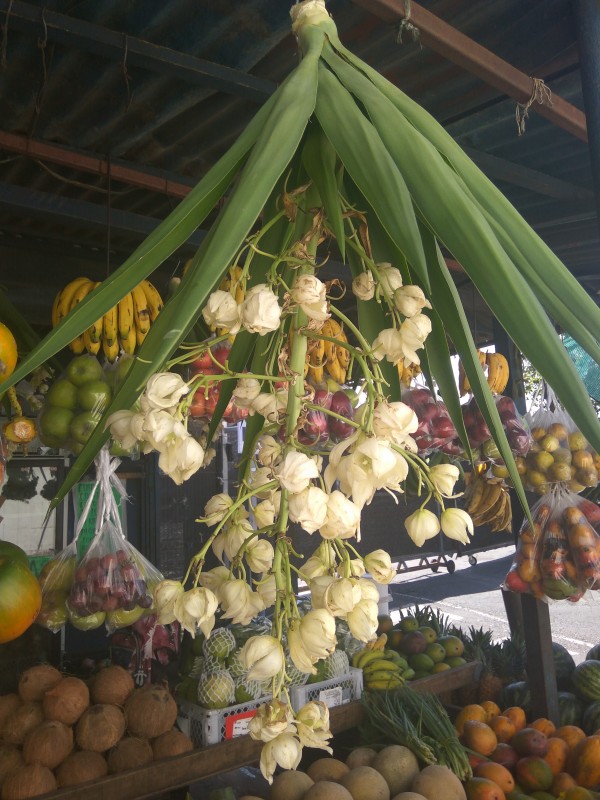
One of the most spectacular and surprising things that you might see on a Costa Rican fresh food market is a bunch of flowers on one stick. That is yucca, or if you prefer it in Spanish – ‘las flores de izote’. This plant has a long culinary history. It has been used since Mayan times and is still quite popular.
Stems, flowers, flower pods and leaf bases are edible. You can use yucca flower seeds and flower blossoms as well.
‘Las flores de izote’ are mainly used for preparing drinks, soups, stews and fried dishes like quesadillas. Very often yucca flowers are prepared with tomatoes or in egg meals. Although it is more time consuming, it is possible to stuff flower pods what will give you a beautiful meal.
It has been also used as an ornamental object to decorate dresses and bodies. Apart form that, it was also used for production of textiles.
Yucca flowers are rich in vitamin C, D and vitamins from the B group. It also has a significant amount of different minerals such as zinc, calcium and iron. Finally, yucca flowers are a good source of a dietary fiber, niacin and thiamin.
Yucca flowers are also known for their having healing benefits in such diseases as bronchitis, arthritis, diabetics and earaches.
Date: 2021-05-13
Author: Beti – A passionate traveler and lover of Asian cuisine, especially Thai and Japanese dishes, Bernadeta brings her culinary and cultural experiences to life in her writing. Beyond her travels, she’s an avid technology enthusiast with a deep interest in data processing, merging her love for exploration with analytical insights.
Photographer: Adalbert – An aficionado of computers and photography, Adalbert captures the essence of diverse cuisines with a discerning eye. A connoisseur of rich flavors and particularly fond of meat-based dishes, he combines his technical skills with his passion for the culinary arts in every shot.
